Everything You Need to Know About Renovating Your Landscape
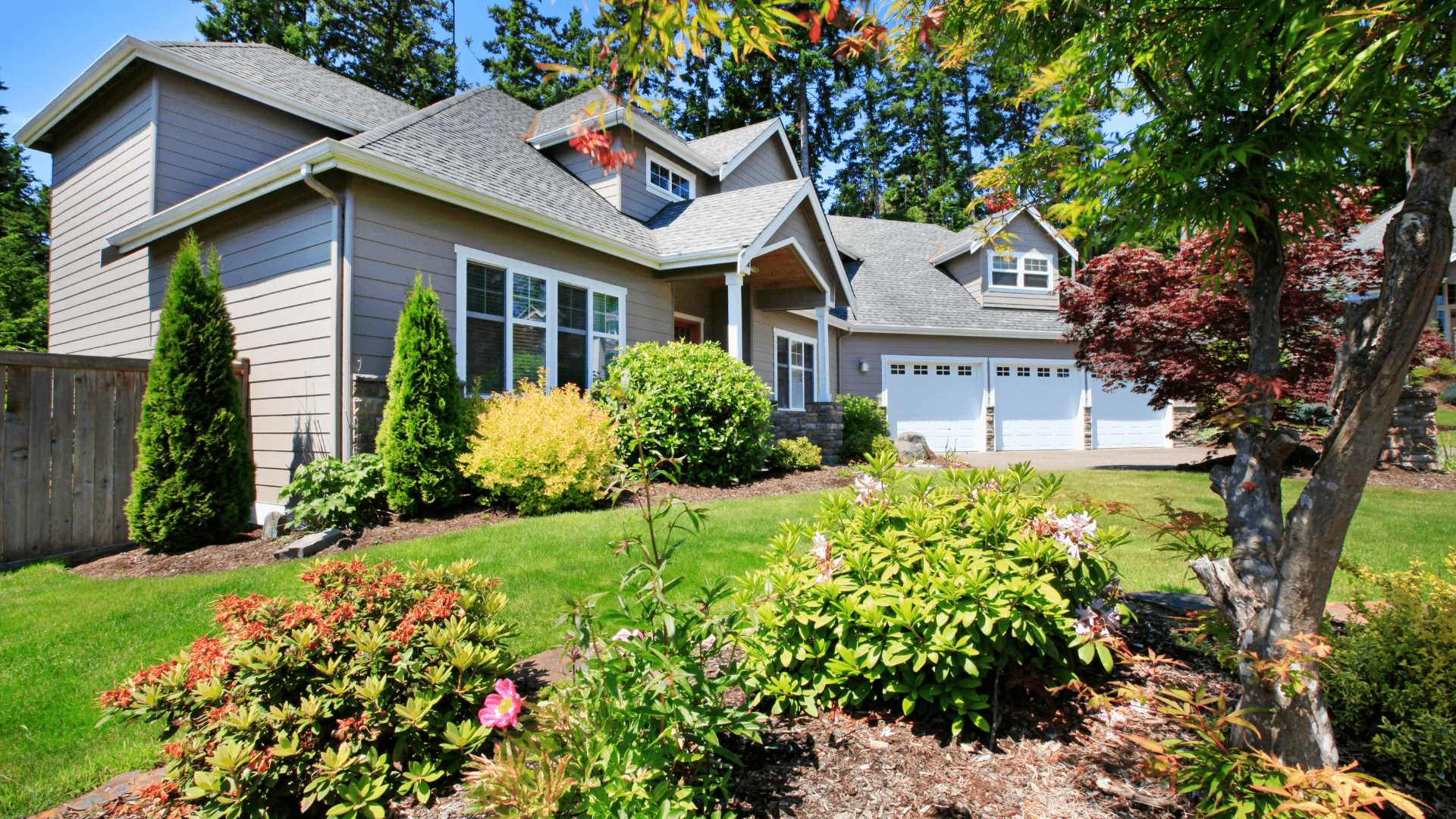
After you finish reading this article, make sure to head to simplyscapes.com to start working on your design!
There are many reasons why you might want to change up your current landscape. You might have just moved into a home with a yard that isn’t quite your style. Maybe your yard has been on the back burner for a while and it’s overgrown and partially dead. It’s possible you want to increase water efficiency, sustainability, and ease of maintenance. You could be planning on selling your home and you need to increase curb appeal. Perhaps your family is in a different stage of life and some changes are begging to be made (for example, the large playset in the back corner isn’t getting any use anymore and you now have time for some raised bed gardening).
These scenarios (and many more) may prompt you to change up your landscape design. This can sometimes seem daunting due to the extra step of clearing what’s already there to make room for what you want. It can also be tricky to see through existing material and come up with a new vision for your yard.
Updating an existing landscape has its perks, though—you can change things piece-by-piece as your time and budget allow, without the urgency of installing a brand new yard all at once. We’ll list three steps to help you transform your yard into one that better fits your needs and style.
Make a Plan
The first step is to formulate a plan. Your plan will serve as your roadmap, so this is a step that cannot be skipped. Whether you draw up your landscape design plan by yourself, hire a professional to do it for you, getting a plan in place will help you solidify your vision and lay out what you need to do next. Using Simplyscapes landscape design software can help to make this step much easier.
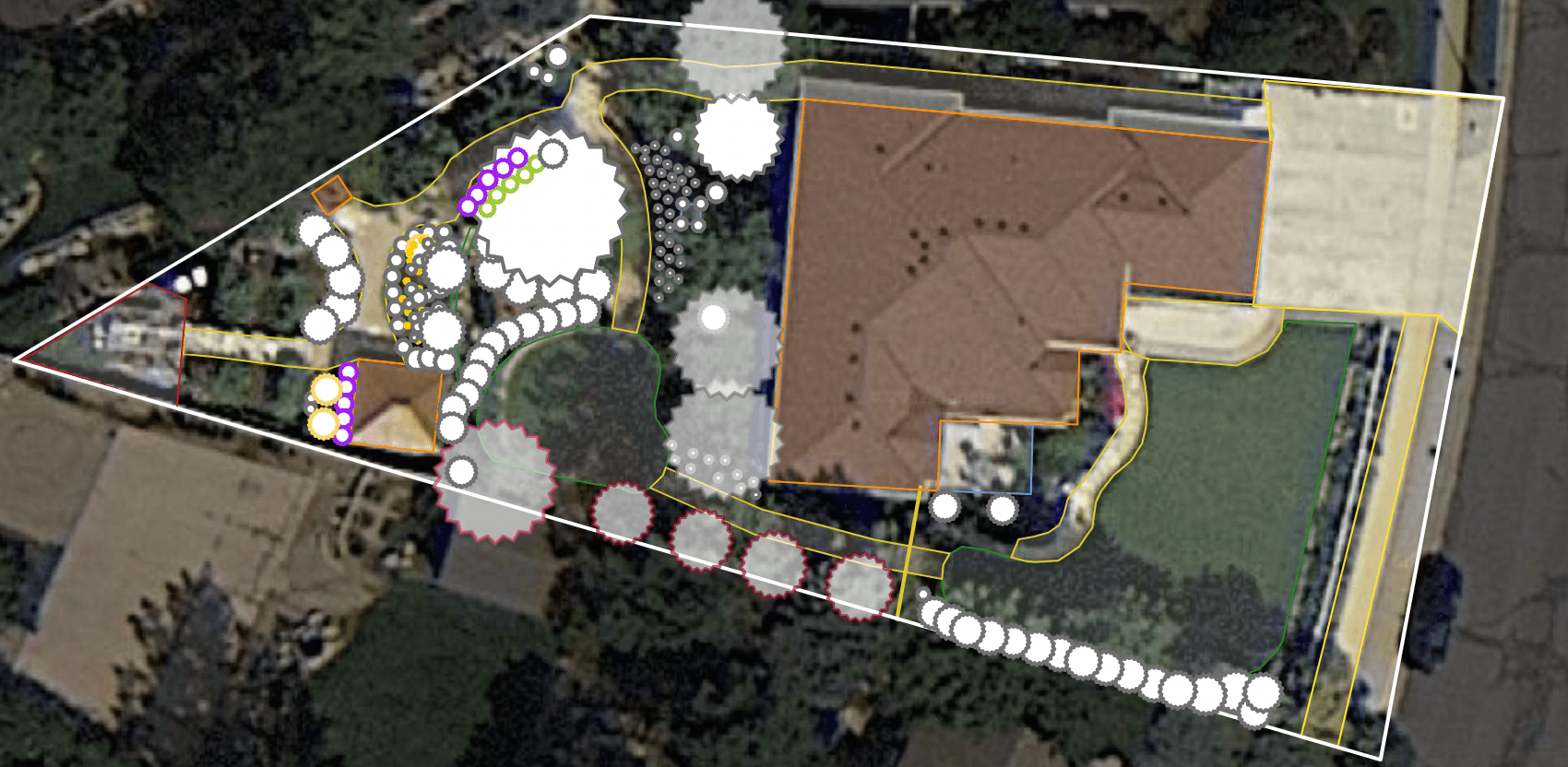
As mentioned earlier, it can be tricky to visualize what you want when there’s already something filling that space. Visual noise can be hard to cut through. We recommend taking a paper or using our landscape design software to draw out your yard without any landscaping on it. For more help with this step, check out this article.
Next, add in the things that are going to stay. From pathways to large trees—whatever you want to keep, draw that into the plan. If there are plants or boulders you love, but they’re in the wrong place, draw them where you plan on moving them to. Now you can fill in the rest of the space with the changes you want to make!
Look around at yards in your neighborhood to see what plants thrive in your area. Glean inspiration online or in gardening magazines. Formulate your dreams and work them into your landscape design.
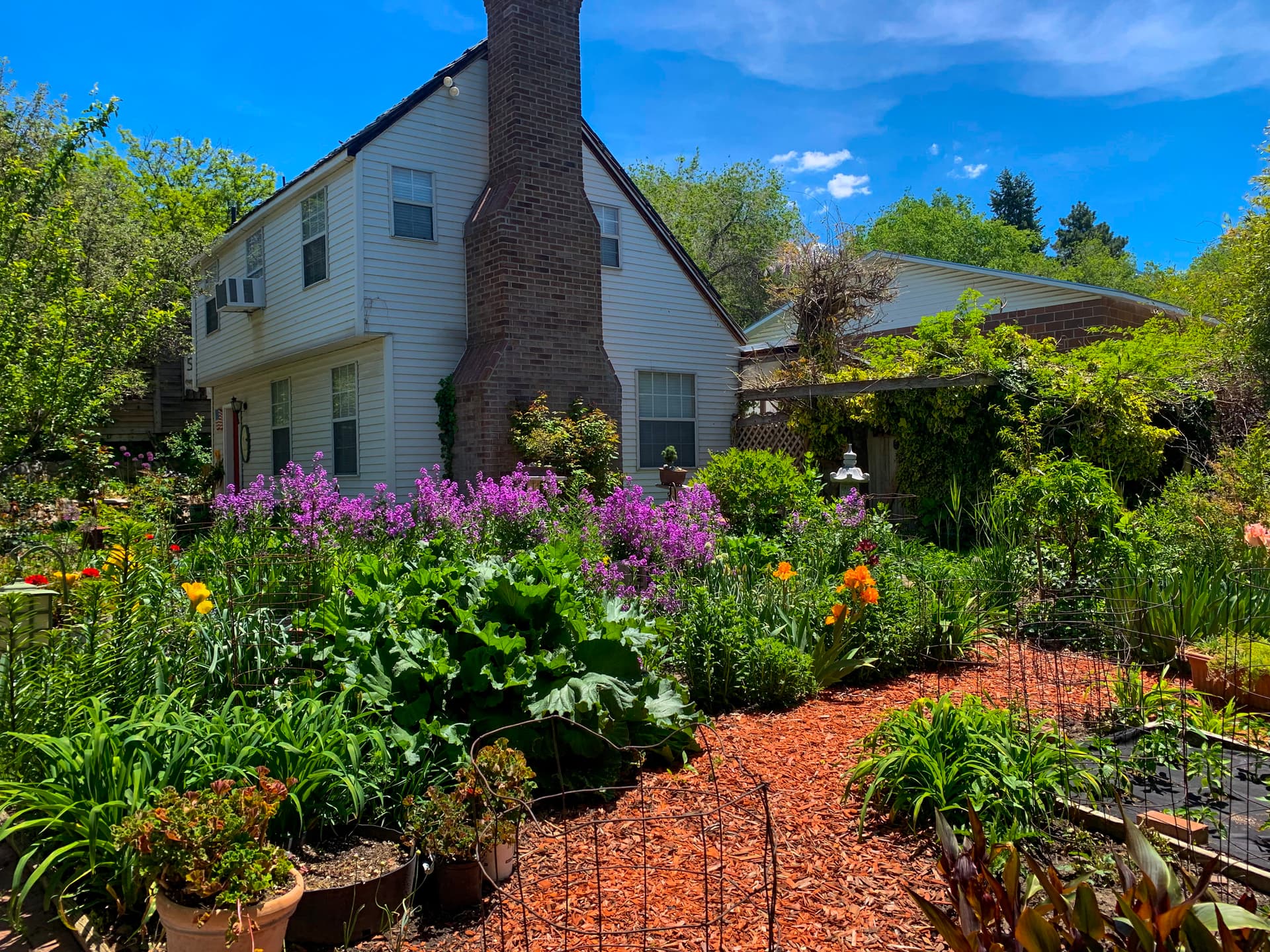
This stage of the landscape update is full of problem-solving. Keep in mind why you want to swap parts of your landscape out, then determine the best solution. If you’re sick of looking at an ugly view in your backyard, now is the time to pick pretty trees to plant that can screen that view. If a lot of your plants look shabby or dated, trim them up or swap them out for plants that suit you and your yard better. For help designing with the right plants, you can read our guide on No-Fail Planting Design.
If you’re concerned about how much water and time you’re wasting on maintaining a lawn that doesn’t get enough use, see if you can minimize the lawn space by expanding planter beds, turning it into a rock garden, adding an edible garden, installing an outdoor eating or sitting area, or swapping grass out for more water wise ground cover (see our recommendations).
Take a look at the issues you want to fix and put together a plan full of solutions that will make your yard a more fitting space for you.
Clearing the Space
Once you’ve completed your landscape design, you can begin removing the parts that no longer serve you. Old plants can be used as firewood, composted, or otherwise disposed of. Old landscaping material can be repurposed, sold, or donated.
Chances are there are people in your area that would love the material you’re getting rid of and would be willing to pick it up—saving you a trip to the landfill and giving the material a second life. You might even be able to make some money from selling your old landscape material, which would help offset the cost of the improvements you plan to make.
Renting tools such as a sod cutter can help to save you hours of hard work, and be realistic about the parts of the project that you can manage yourself. For example, if you have a large tree that needs to come down, it’s in your best interest to hire a professional to take care of it safely and efficiently.
One final crucial tip to remember is that you need to call your local utility locator to have them mark out any electrical, plumbing, or internet routing in the ground before you dig. Even after you do this, be careful when you dig. Mistakes can happen and the last thing you want is for you or a hired crew to break through a key water line while excavating for your new in-ground trampoline.
Installation
Now that you’ve cleared the spaces, you can finish updating your yard! Installing new plants or materials will breathe fresh life into your yard and enable you to put your personal flair into that space.

Prep your yard for any new plants or outdoor entertaining spaces. If you’re going to install a new walkway, garden, or gathering space, level out the ground and remove weeds before installing the new material. Fill pathways with mulch or gravel to keep weeds out and designate that space for walking. Prep planter beds and garden spaces with compost and clear out weeds. To learn more about the basics of planting, read this article.
Install your plants at a time that sets them up for success. Specific needs may differ, depending on the plants and your location, but often the more moderate temperatures in the spring, fall, or morning/evening in the summer are most conducive to plant success. Do your research and ensure that you’re planting things where they’re best suited—shade plants in the shady areas of your yard, large trees where they have plenty of room to grow, and so on.
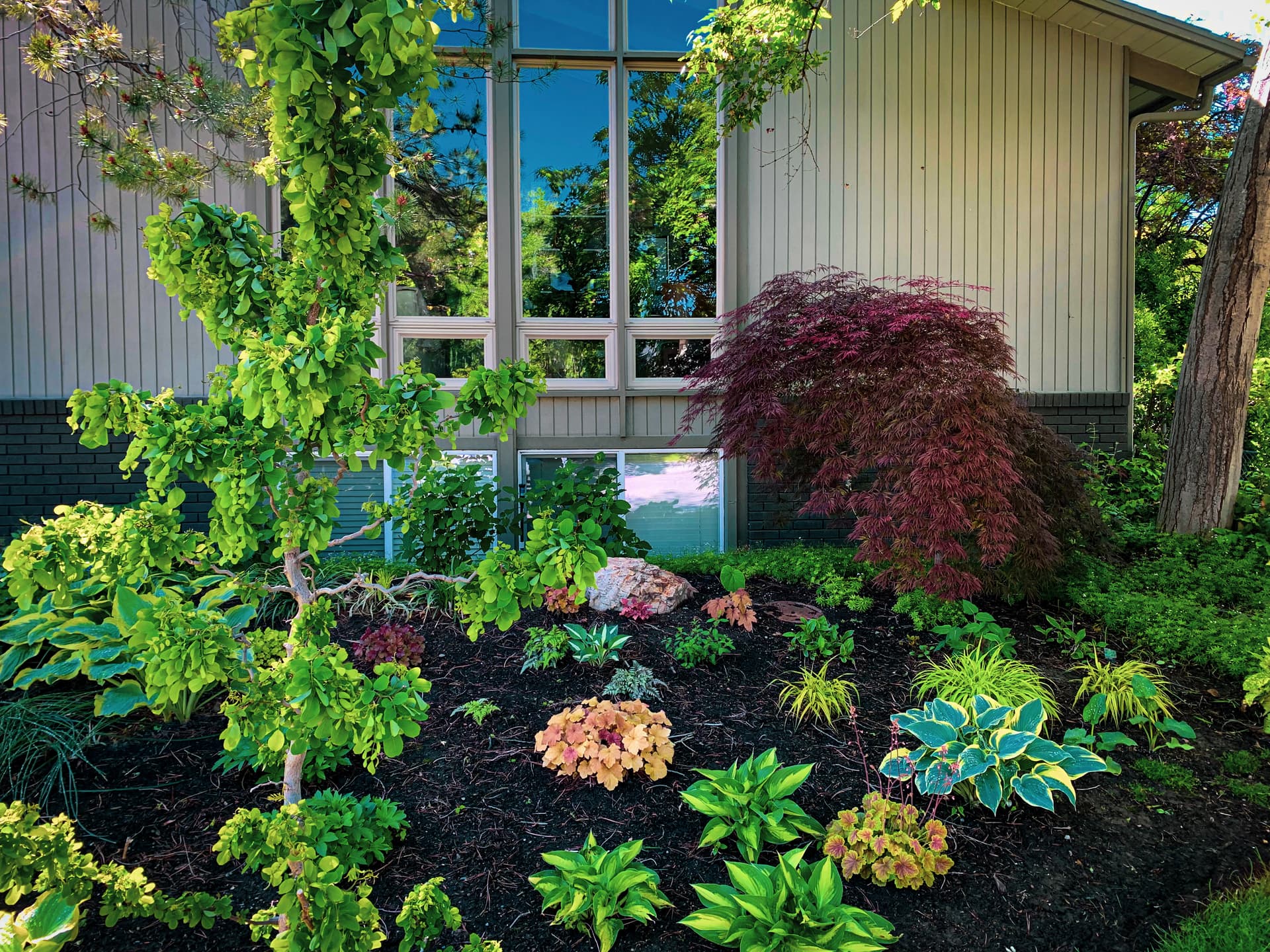
Once you’ve planted seeds or transplants, give them the care they need—pull weeds that try to crowd them out, add fertilizer as needed, and keep them sufficiently watered. Though water requirements change based on the plants you install, most plants prefer well-draining soil that dries out briefly between waterings. If the soil still looks or feels moist, hold off on watering until the first inch or two of soil feels dry. Surround your plants with a thick layer of mulch to keep weeds out, moisture in, and temperatures regulated.
In Summary
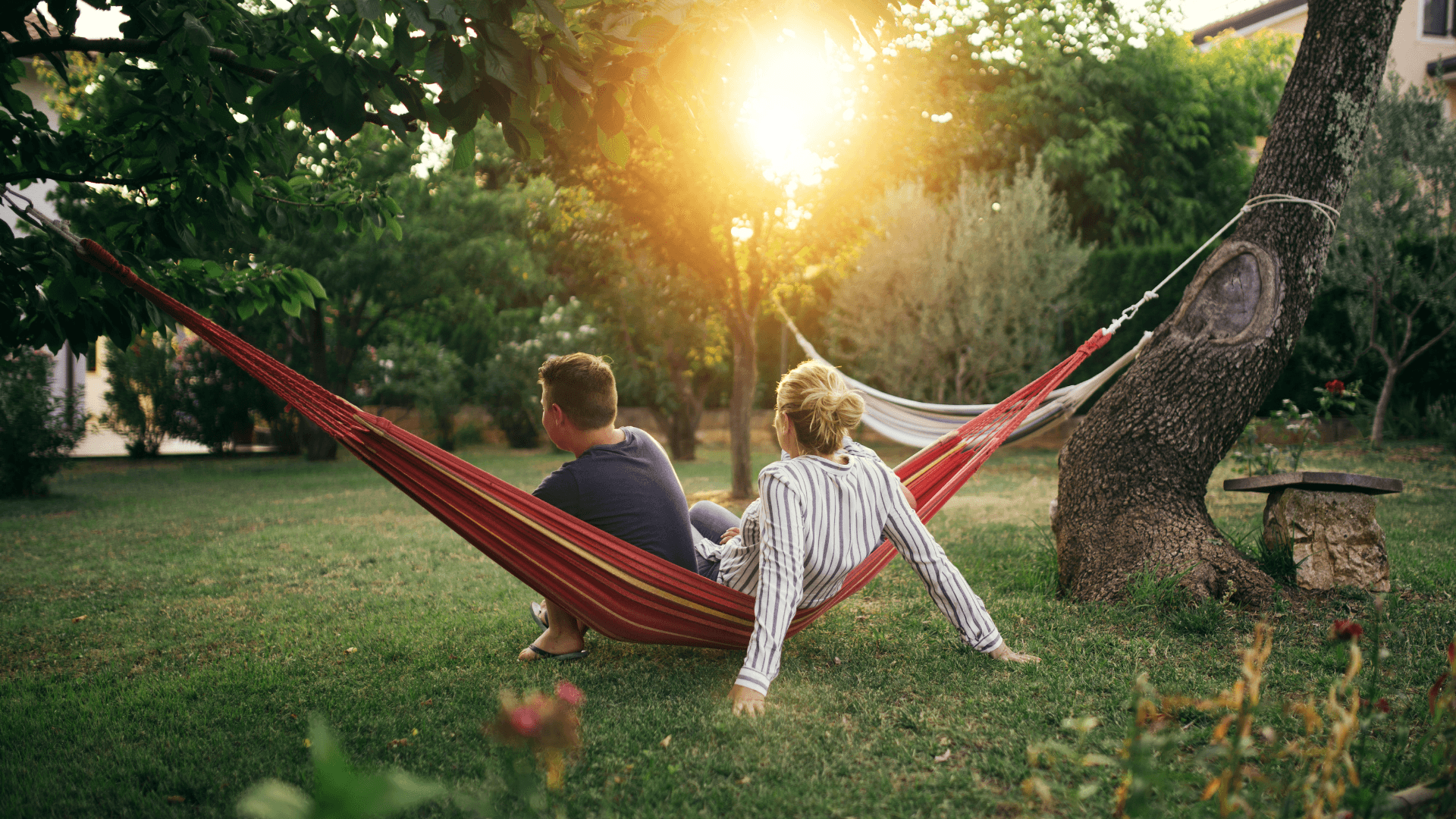
Now all that’s left is to enjoy your freshly updated yard! As you spend time in your renovated landscape, you may see things here and there that need tweaked. Fortunately, you’re now an expert on updating your yard, so you’ll be able to get things just perfect in no time!

